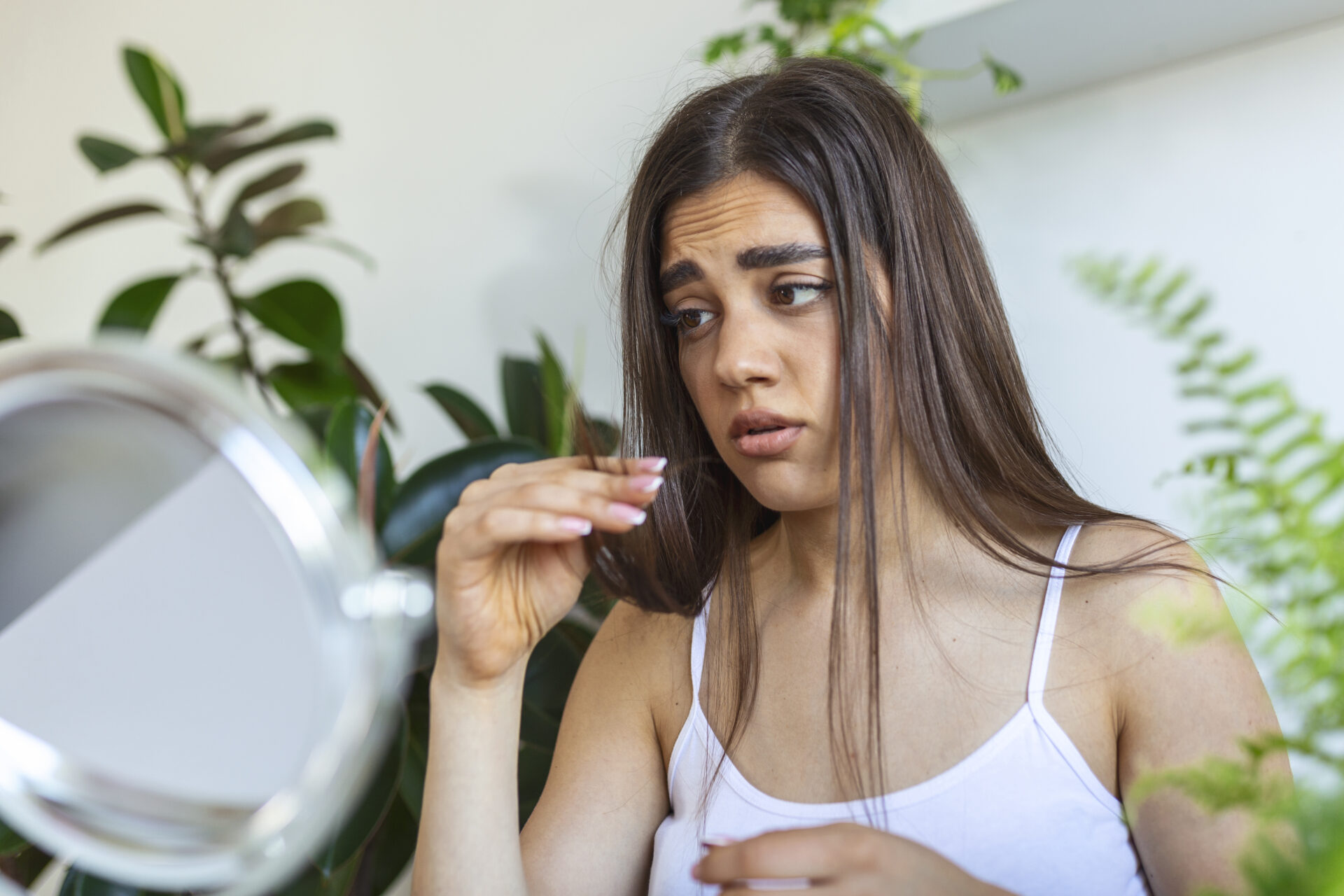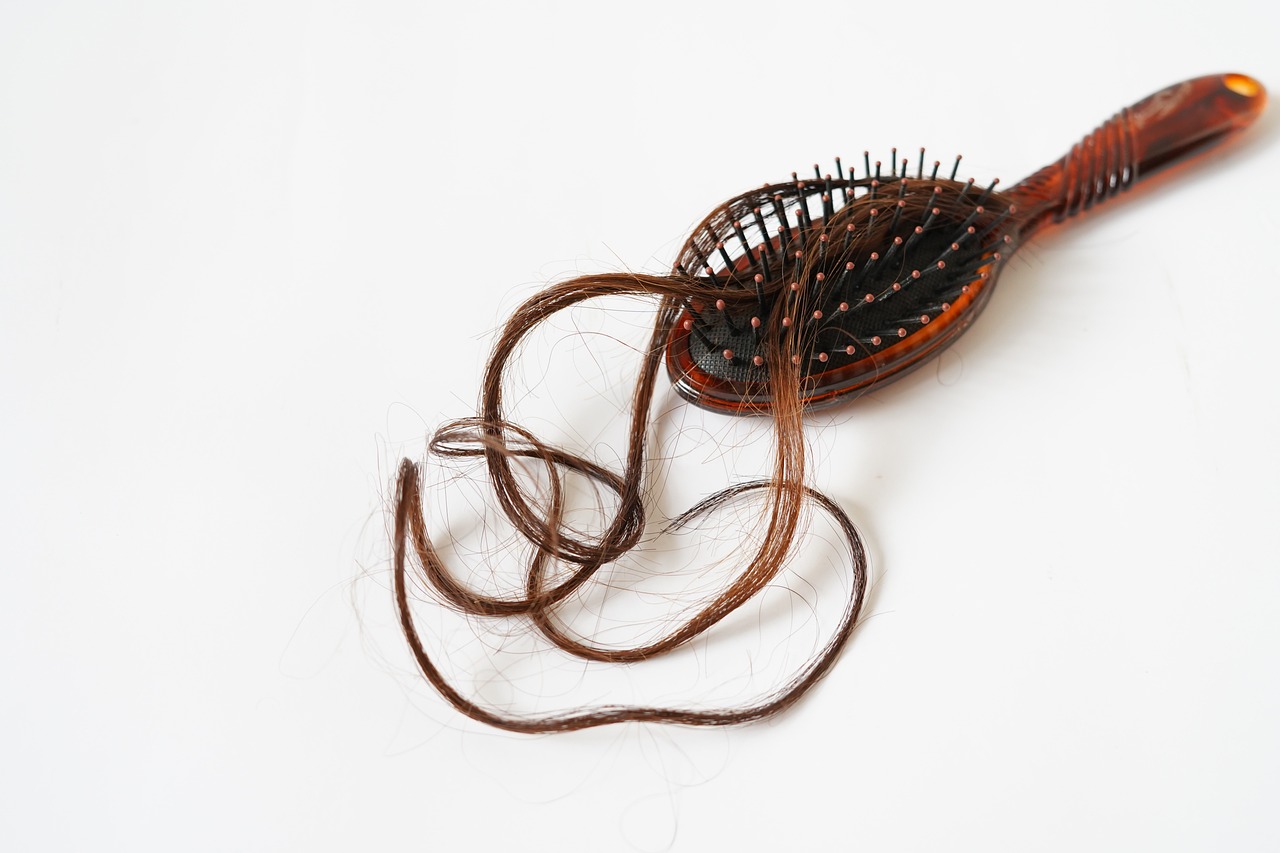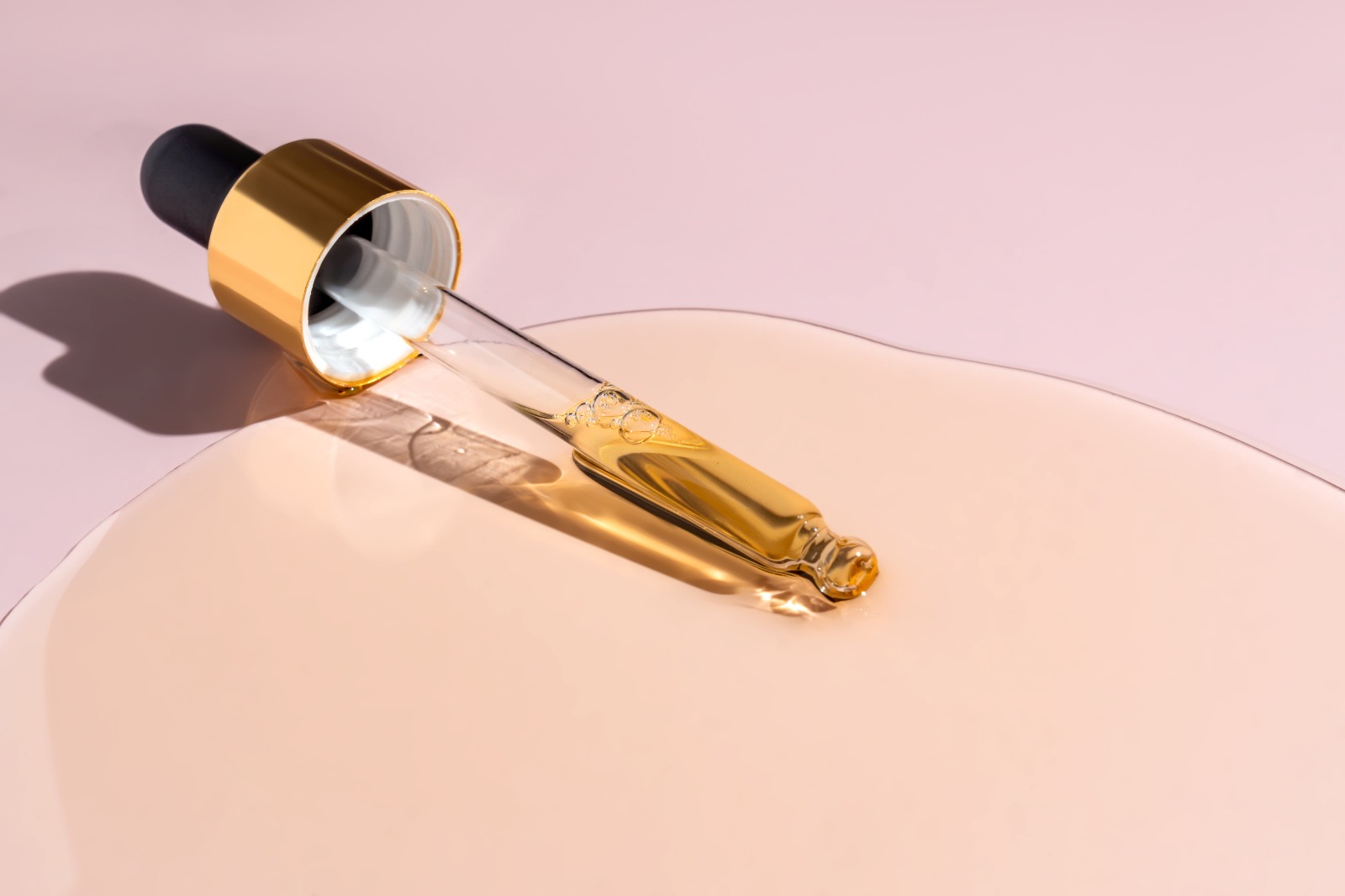Hair Care
Female Pattern Baldness: How to Recognize It and What You Can Do About It
Struggling with female pattern baldness? This comprehensive guide covers everything you need to know, from causes to treatment options. Don’t let hair loss hold you back any longer! #femalepatternbaldness #hairloss #hairgrowth #haircare #selfcare

Introduction
Female pattern baldness, also known as androgenetic alopecia, is a common condition that affects millions of women worldwide. It is characterized by thinning hair and a noticeable reduction in hair density, often in a distinctive pattern that includes a widening part and a receding hairline. While hair loss is a natural part of the aging process for both men and women, female pattern baldness can be a source of distress for many women, affecting their self-esteem and confidence.
Understanding the causes and treatment options for female pattern baldness is essential for women who are experiencing hair loss. This article will provide a comprehensive guide to female pattern baldness, including its definition, the importance of the topic, and a brief explanation of the article’s structure. By reading this article, you will gain valuable insights into the causes of female pattern baldness, prevention strategies, and the latest medical and lifestyle solutions for regrowing hair and regaining confidence.

Can hair grow back from female-pattern baldness?
Female pattern baldness is a condition that affects the hair growth cycle, which consists of three stages: anagen, catagen, and telogen. During the anagen phase, hair grows actively, while in the catagen and telogen phases, the hair rests and falls out. In female pattern baldness, the hair growth cycle is disrupted, leading to a reduction in hair density.
Factors such as age, genetics, and overall health can affect the ability of hair to regrow in women with female pattern baldness. While it is possible for hair to regrow on its own, it is more likely that treatment will be needed to restore hair growth.
Treatment options for female pattern baldness include medications like minoxidil, which stimulates hair growth and prevents further hair loss. Hair transplantation, where hair follicles are moved from one area of the scalp to another, is another option that can provide a more natural-looking result. Hair restoration procedures, such as platelet-rich plasma therapy and low-level laser therapy, can also be effective in stimulating hair growth.
It is important to note that not all treatment options work for everyone and that it may take several months to see noticeable results. Consulting with a healthcare professional is recommended to determine the best course of action for your individual needs.

What causes female balding?
Female pattern baldness can be caused by a combination of genetic, hormonal, medical, lifestyle, and environmental factors. Genetics play a significant role in female pattern baldness, as the condition can be inherited from either parent. Hormonal factors, particularly androgens, also play a role, as they can cause hair follicles to shrink and produce shorter, thinner hair.
Medical conditions that can lead to female pattern baldness include thyroid disorders, polycystic ovary syndrome (PCOS), and autoimmune disorders. These conditions can cause changes in hormone levels, which can disrupt the hair growth cycle and lead to hair loss.
Lifestyle and environmental factors can also contribute to female pattern baldness. Stress, poor nutrition, and exposure to toxins like cigarette smoke and pollution can all affect hair growth and lead to hair loss.
It’s important to note that female pattern baldness can be a complex and multifactorial condition and that the causes may differ from one individual to another. Consulting with a healthcare professional can help identify the underlying cause and determine the best treatment options.

What age does female-pattern baldness happen?
Female pattern baldness can occur at any age, but it most commonly affects women over the age of 50. However, it’s important to note that some women may experience early-onset female pattern baldness, which can occur as early as the teenage years. Early-onset female pattern baldness is more likely to be caused by genetic factors and may progress more quickly than late-onset female pattern baldness.
One of the earliest signs of female pattern baldness is a widening part or a receding hairline, which can be accompanied by thinning hair on the top of the scalp. Women with female pattern baldness may also notice that their hair is less dense and that their ponytail is smaller than it used to be.
While female pattern baldness cannot always be prevented, there are some strategies that may help slow down or minimize hair loss. Maintaining a healthy diet rich in vitamins and minerals, avoiding tight hairstyles that pull on the hair, and reducing stress levels can all contribute to healthy hair growth.
Female pattern baldness can be a challenging and distressing condition, but there are a variety of treatment options available. By understanding the causes and early signs of female pattern baldness, women can take proactive steps to address the issue and maintain healthy hair growth.

Conclusion
Female pattern baldness is a common condition that can have a significant impact on a woman’s self-esteem and overall well-being. While it can be caused by a combination of genetic, hormonal, medical, lifestyle, and environmental factors, there are a variety of treatment options available to help slow down or minimize hair loss.
In this article, we discussed the hair growth cycle and the factors that can affect hair regrowth, as well as the causes of female pattern baldness, including genetics, hormonal factors, medical conditions, lifestyle, and environmental factors. We also explored the age range for female pattern baldness and the early signs of the condition, as well as prevention strategies that can help promote healthy hair growth.
If you are experiencing hair loss, it’s important to seek professional help from a healthcare provider or a hair restoration specialist. They can help identify the underlying cause of your hair loss and recommend appropriate treatment options based on your individual needs.
In conclusion, while female pattern baldness can be a challenging condition, there are steps you can take to address it and maintain healthy hair growth. By understanding the causes and early signs of female pattern baldness, you can take proactive steps to address the issue and achieve the best possible outcome.

Hair Care
Traction Alopecia Treatments
Say goodbye to hair loss caused by traction alopecia! Check out our latest guide to learn how to regrow hair, treatment options, and how long it takes for hair to grow back. #tractionalopecia #hairloss #hairgrowth #haircare #healthyhair #hairtreatment #hairregrowth #beauty #selfc
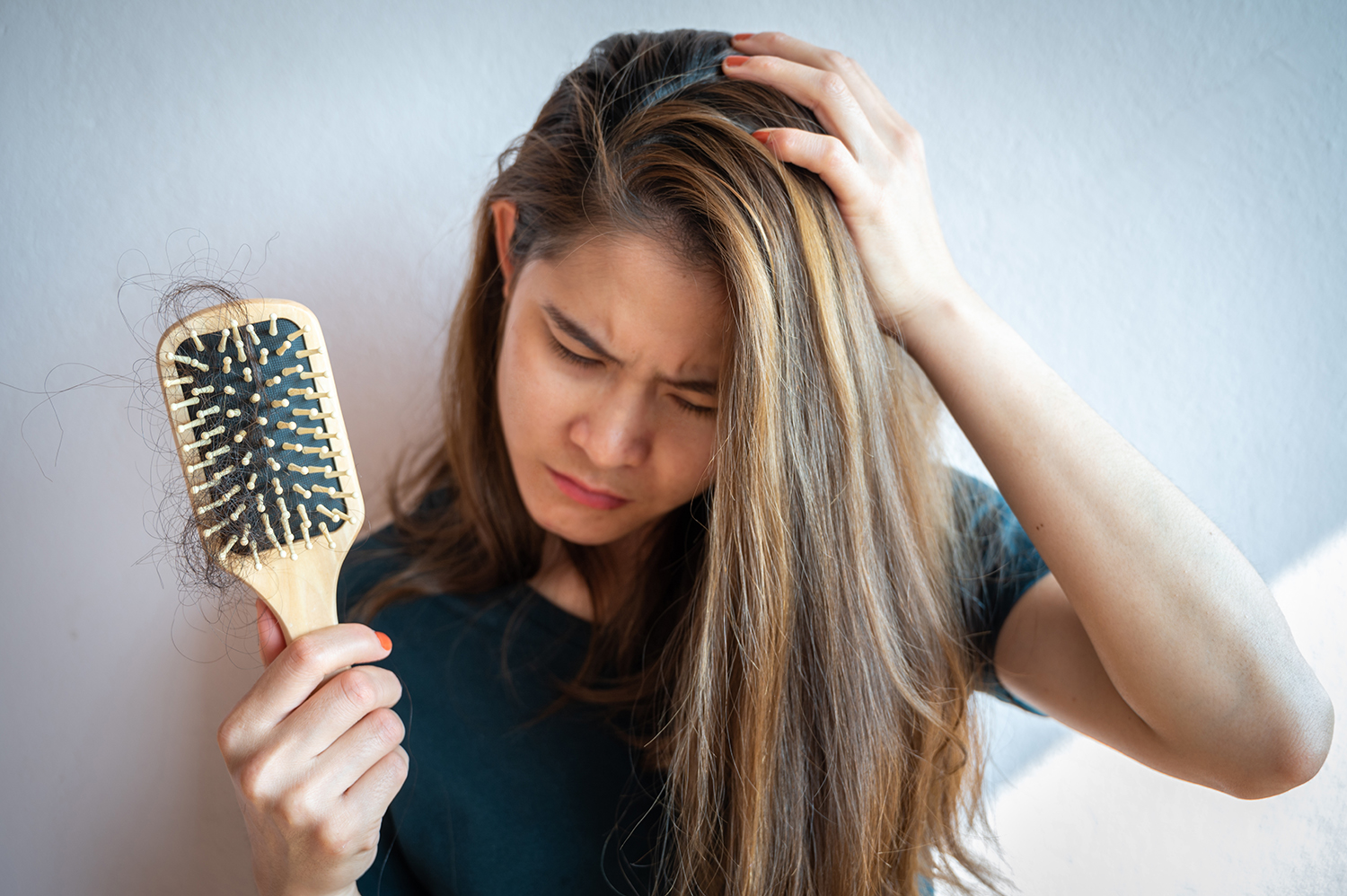
Hair loss can be a distressing experience for anyone, but it can be particularly challenging when it’s caused by a condition like traction alopecia. Traction alopecia is a type of hair loss that results from repeated pulling or tension on the hair follicles, often due to tight hairstyles like braids, weaves, and ponytails. Over time, the stress on the hair follicles can cause damage and lead to hair loss. While traction alopecia can be a frustrating condition to deal with, there are treatment options available that can help manage and even reverse hair loss.
In this blog post, we’ll answer some of the most common questions about traction alopecia treatment. We’ll discuss whether it’s possible to regrow hair from traction alopecia, how long it can take for hair to grow back, and the various treatment options available for managing and eliminating the condition. By the end of this post, you’ll have a better understanding of what causes traction alopecia, how it can be treated, and what you can do to promote healthy hair growth.
Can you regrow hair from traction alopecia?
If you’re dealing with traction alopecia, one of the most pressing questions on your mind may be whether it’s possible to regrow hair that has been lost due to the condition. The answer is yes, it is often possible to regrow hair from traction alopecia, but it depends on a few factors.
First, it’s important to understand that traction alopecia is caused by repeated pulling or tension on the hair follicles. This means that to regrow hair, you need to address the underlying cause of hair loss. The most effective way to do this is to avoid tight hairstyles that put stress on the hair follicles. Once you’ve stopped wearing these hairstyles, your hair follicles can begin to recover and regrow hair naturally.
In addition to avoiding tight hairstyles, there are several treatment options that can help promote hair regrowth. One option is to use topical treatments like minoxidil, which can stimulate hair growth. Another option is to take hair growth supplements, such as biotin or vitamins, which can support healthy hair growth. Keep in mind that these treatments may take several months to produce visible results, and results may vary depending on the individual.
It’s also important to have realistic expectations when it comes to regrowing hair from traction alopecia. In some cases, hair may not regrow fully, or it may take longer than expected. However, with patience and consistent treatment, it’s often possible to see improvement in hair growth over time.

How long does it take traction alopecia to grow back?
If you’re hoping to regrow hair from traction alopecia, you may be wondering how long it will take to see results. Unfortunately, there is no one-size-fits-all answer to this question, as the timeline for hair regrowth can vary depending on several factors.
One factor that can affect how long it takes for the hair to regrow is the severity of the hair loss. If you have significant hair loss due to traction alopecia, it may take longer for hair to regrow than if you have only mild to moderate hair loss. Additionally, individual hair growth rates can vary, so some people may see faster results than others.
In general, it can take several months to a year or more for hair to fully regrow after traction alopecia. During this time, it’s important to be patient and consistent with your treatment. Avoiding tight hairstyles, using topical treatments, and taking hair growth supplements can all help support healthy hair growth and speed up the regrowth process.
It’s also important to note that while you may start to see regrowth after a few months, it may take longer for your hair to reach its full thickness and length. Be prepared to commit to your treatment plan for several months or longer, and don’t get discouraged if you don’t see immediate results. With time and patience, many people are able to regrow hair and manage the effects of traction alopecia.

How do you get rid of traction alopecia?
While it’s possible to regrow hair from traction alopecia, the best way to manage the condition is to address the underlying cause of the hair loss. This means avoiding tight hairstyles that put stress on the hair follicles and taking steps to promote healthy hair growth.
If you’re experiencing traction alopecia, the first step is to stop wearing tight hairstyles like braids, weaves, and ponytails. Instead, opt for looser hairstyles that don’t put as much pressure on your hair follicles. You may also want to consider giving your hair a break from extensions or weaves to allow your hair to recover.
In addition to avoiding tight hairstyles, there are several treatment options that can help manage and even eliminate traction alopecia. Topical treatments like minoxidil can stimulate hair growth, while hair growth supplements like biotin or vitamins can support healthy hair growth. In some cases, hair transplant surgery may be an option for restoring hair lost to traction alopecia.
It’s also important to take care of your hair during the regrowth process. This may involve using gentle shampoos and conditioners, avoiding heat styling tools like flat irons and curling irons, and protecting your hair from the sun and harsh weather conditions. A dermatologist or hair loss specialist can provide guidance on the best hair care practices for managing traction alopecia.
Ultimately, the key to getting rid of traction alopecia is to be proactive about addressing the underlying cause of hair loss and taking steps to promote healthy hair growth. With the right treatment plan and a commitment to hair care, many people are able to manage the effects of traction alopecia and regrow their hair.

Does traction alopecia go away?
One question that many people have about traction alopecia is whether the condition will go away on its own. While it’s possible for hair to regrow after traction alopecia, the condition may not completely go away, particularly if the underlying cause is not addressed.
The key to managing traction alopecia is to stop wearing tight hairstyles and take steps to promote healthy hair growth. While this can help stimulate hair regrowth and minimize further hair loss, it may not completely eliminate the effects of traction alopecia.
That said, with the right treatment plan, many people are able to manage the effects of traction alopecia and prevent further hair loss. It’s important to work with a dermatologist or hair loss specialist to develop a treatment plan that’s tailored to your individual needs and goals.
If you’re dealing with traction alopecia, it’s important to seek treatment as soon as possible. The longer you wait to address the condition, the more difficult it may be to regrow hair and manage the effects of hair loss. With the right treatment plan and a commitment to healthy hair care practices, many people are able to see improvement in their hair growth and minimize the effects of traction alopecia.

Conclusion
Traction alopecia can be a frustrating and challenging condition to deal with, but with the right treatment plan, it’s possible to manage and even reverse hair loss. By avoiding tight hairstyles, using topical treatments and hair growth supplements, and taking steps to promote healthy hair growth, many people are able to see improvement in their hair growth and minimize the effects of traction alopecia.
While regrowing hair from traction alopecia can take time and patience, it’s important to be proactive about seeking treatment as soon as possible. The longer you wait to address the condition, the more difficult it may be to regrow hair and manage the effects of hair loss.
If you’re dealing with traction alopecia, don’t hesitate to reach out to a dermatologist or hair loss specialist for guidance and support. With the right treatment plan and a commitment to healthy hair care practices, you can take control of your hair loss and restore your confidence and self-esteem.
Hair Care
Top Protective Hairstyles for Alopecia: Combating Hair Loss and Boosting Confidence
Say goodbye to hair loss and hello to confidence with these top protective hairstyles for alopecia! Whether you’re experiencing hair thinning, bald spots, or complete hair loss #alopecia #hairloss #protectivehairstyles.
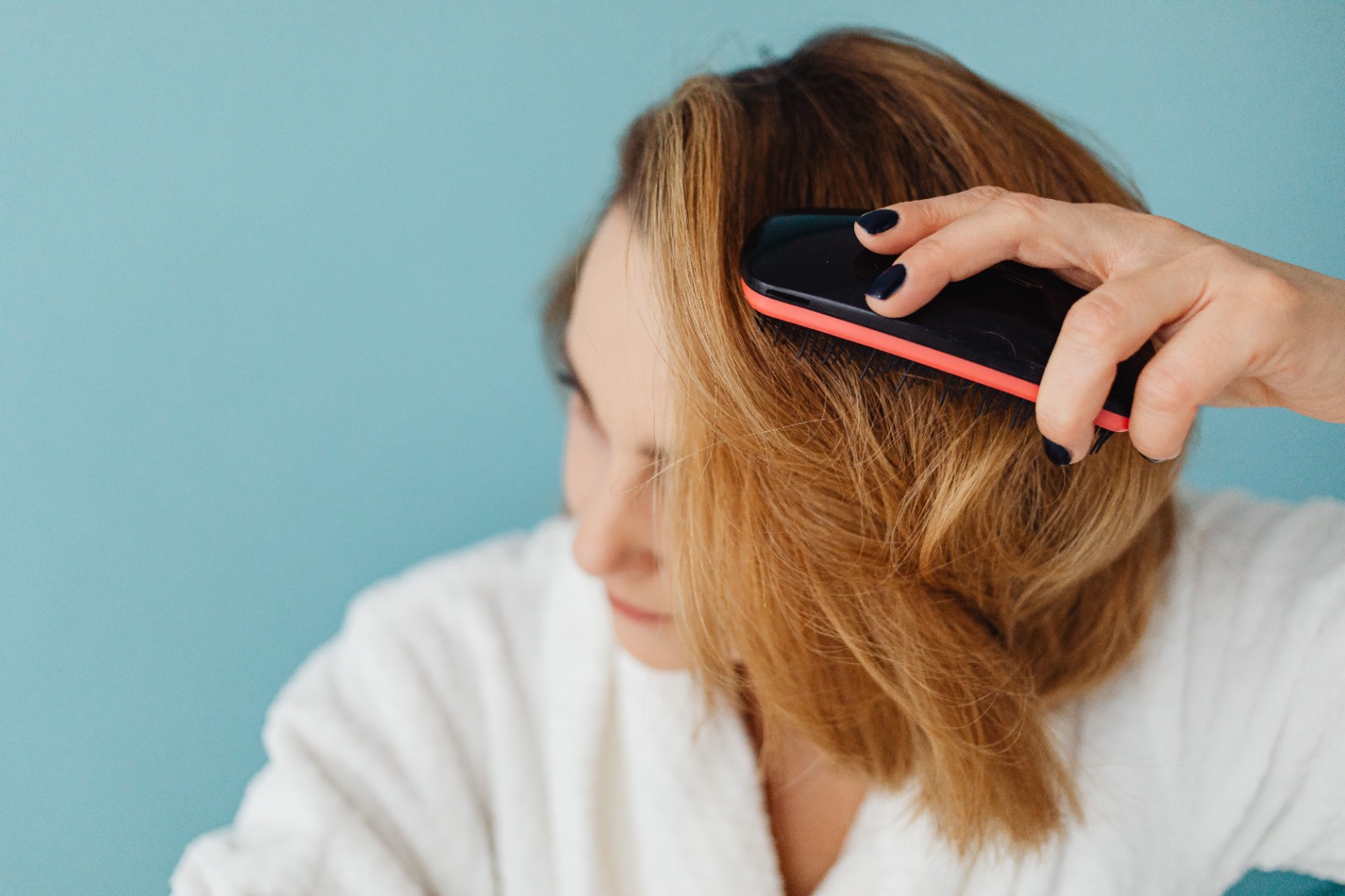
Alopecia, an autoimmune disorder resulting in hair loss, can be a challenging experience for many people. The condition affects millions worldwide and can lead to varying degrees of hair loss, from small patches to complete baldness. One way to manage the impact of alopecia and protect the remaining hair is by adopting protective hairstyles. In this article, we’ll address common concerns related to protective hairstyles and explore top options for those living with alopecia to preserve your hair and boost your confidence.
Can you wear protective styles with alopecia?
Yes, you can wear protective styles with alopecia. However, it’s essential to choose hairstyles that minimize tension on the hair and scalp to prevent further hair loss. Consult with a hair professional or dermatologist to ensure the chosen hairstyle is suitable for your specific needs.
What hairstyle is best for alopecia?
The best hairstyle for alopecia depends on the severity of your hair loss and your personal preference. Some popular options include wigs, headwraps, low manipulation styles, clip-in extensions, and crochet braids. It’s crucial to select a hairstyle that does not aggravate your condition and promotes hair health.
Wigs
Wigs are a popular choice for people with alopecia because they provide an instant solution to hair loss. They come in various styles, colors, and materials, such as synthetic or natural human hair, allowing you to choose one that best suits your personal style. Opt for high-quality, breathable wigs with a comfortable cap that minimizes damage to your scalp and hair follicles. When selecting a wig, consider factors such as hair texture, style, and cap construction. Wigs not only offer an excellent way to hide or cover alopecia hair loss but also provide an opportunity to experiment with different looks without committing to a permanent hairstyle.




Headwraps and Scarves
Headwraps and scarves offer a fashionable and versatile way to cover hair loss while protecting your scalp. They come in various fabrics, patterns, and colors, giving you endless styling possibilities. Cotton, silk, or satin materials are gentle on the scalp and help to retain moisture. This option is ideal for those who want to give their scalp a break from wigs or other more structured protective styles. Headwraps and scarves can be worn in numerous ways, such as turbans, wraps, or simple knots, providing a stylish alternative for covering alopecia hair loss and expressing your creativity.




Low Manipulation Styles
Low-manipulation hairstyles, such as loose braids, twists, or updos, minimize tension on the hair and scalp, reducing the risk of further hair loss. These styles require minimal maintenance, making them suitable for those with thinning hair or sensitive scalps. Loose braids or twists, like rope twists or flat twists, are especially ideal for individuals with alopecia, as they minimize tension while still providing a fashionable look. Updos, like loose buns or chignons, can also help to conceal thinning areas while protecting your hair from further damage. Always ensure that your low manipulation style is not too tight and that it doesn’t put stress on your hair and scalp.
Clip-in Extensions
Clip-in extensions can provide instant volume and length to your hair without causing too much tension on your scalp. These extensions can be clipped onto your existing hair, allowing you to create various styles without the need for adhesive or sewing. Ensure that you choose extensions made from high-quality, natural hair and avoid putting too much tension on your hair. Clip-in extensions are an effective way to hide alopecia hair loss and add fullness to your natural hair. They can be easily applied and removed, offering flexibility in styling and the ability to change your look frequently without causing damage.





